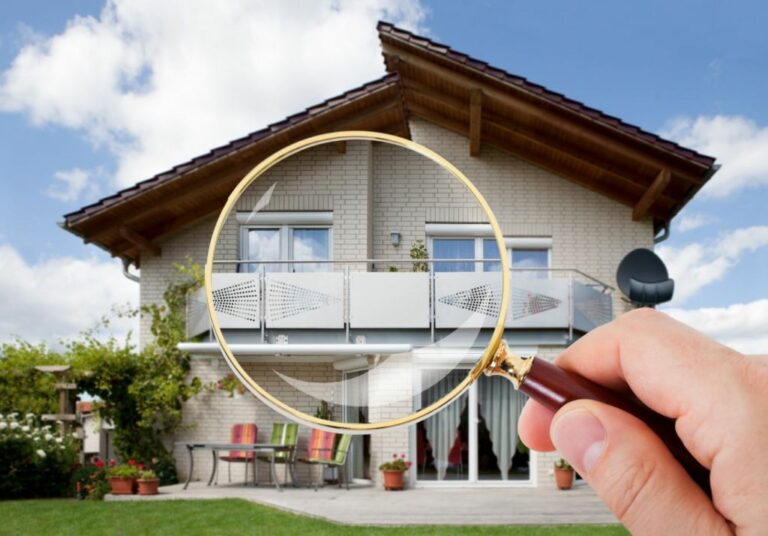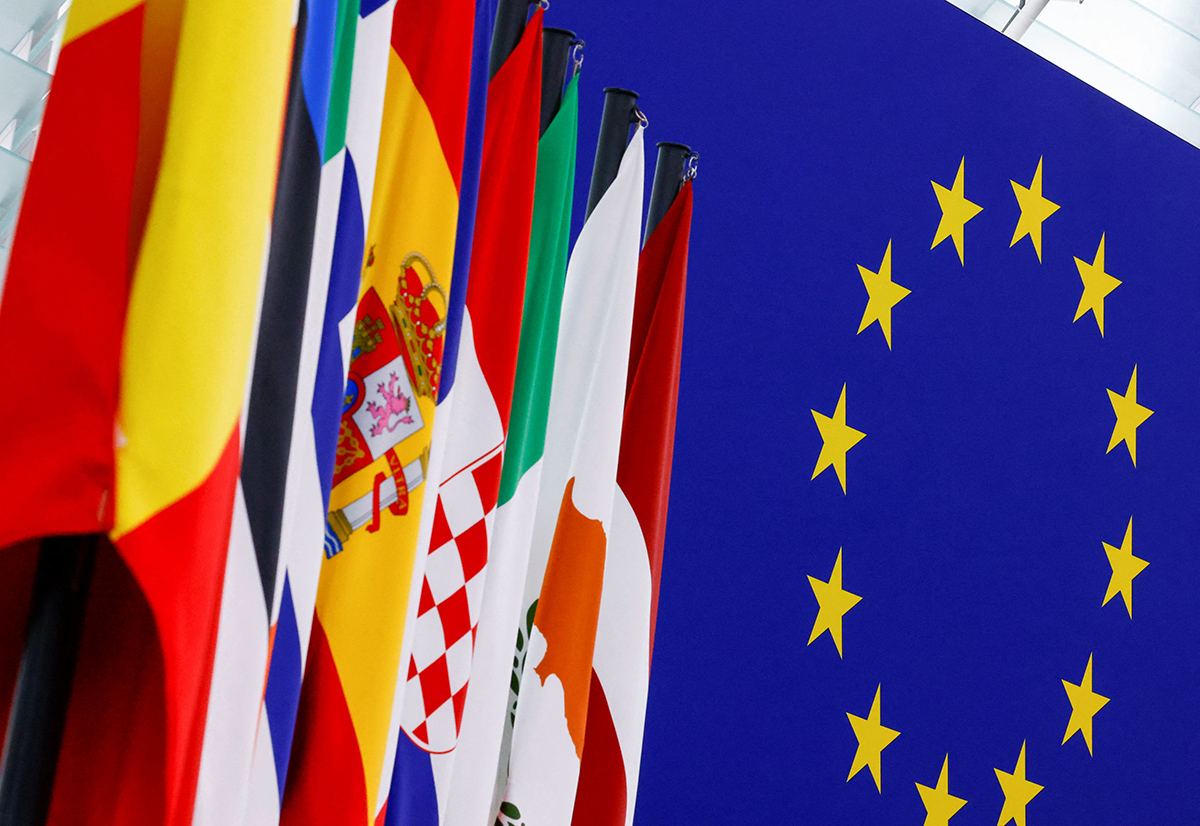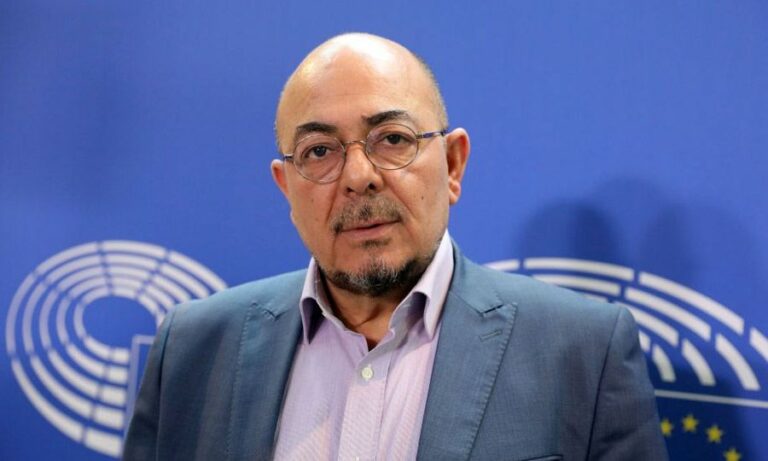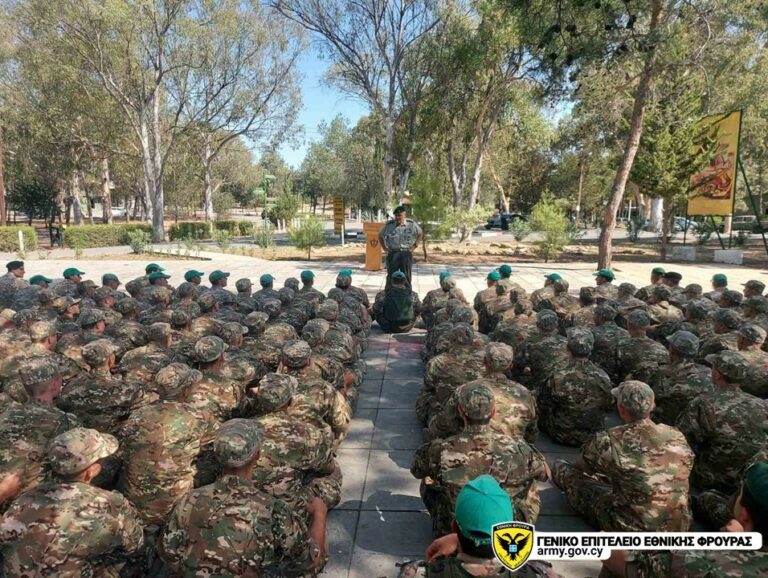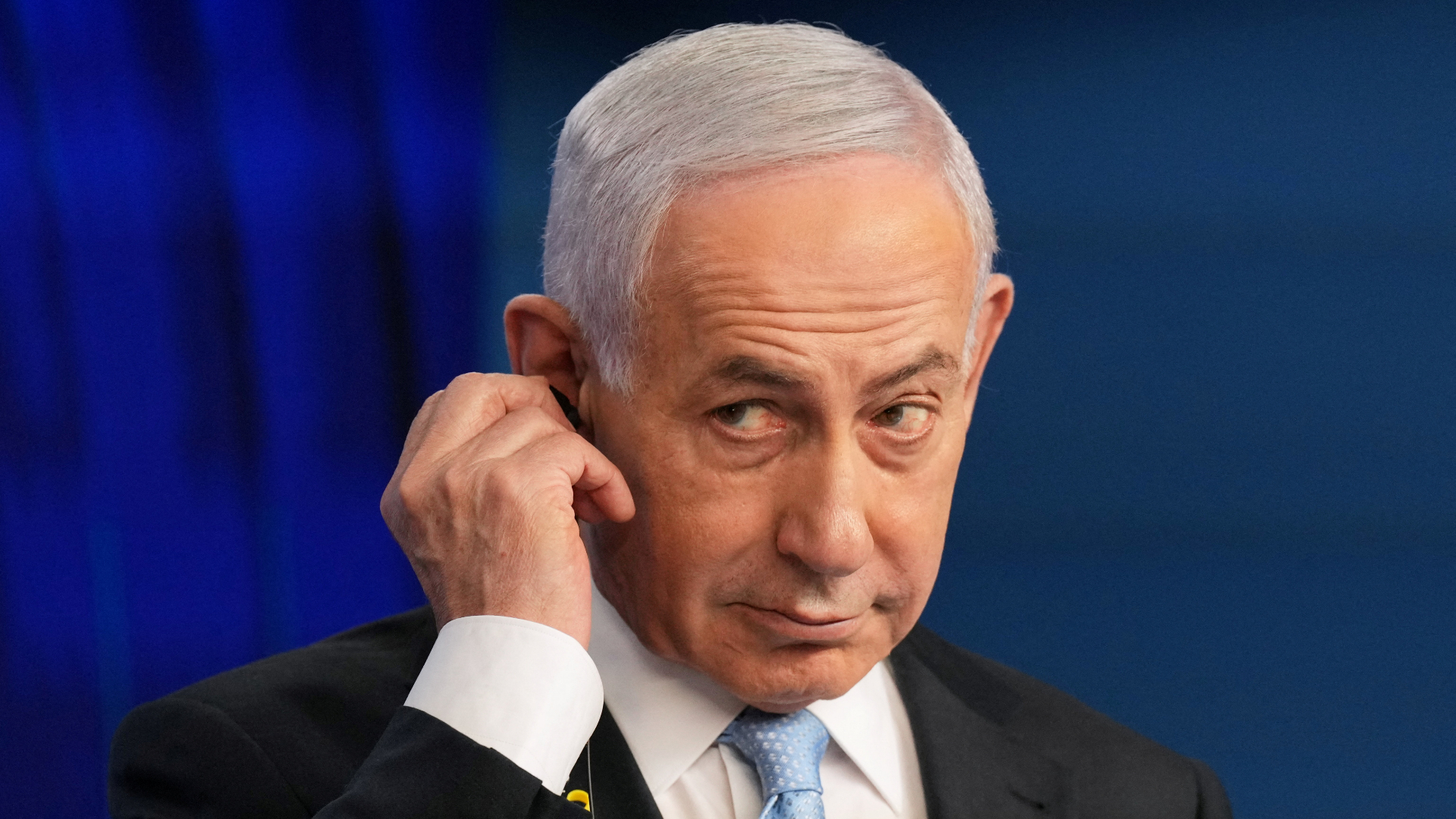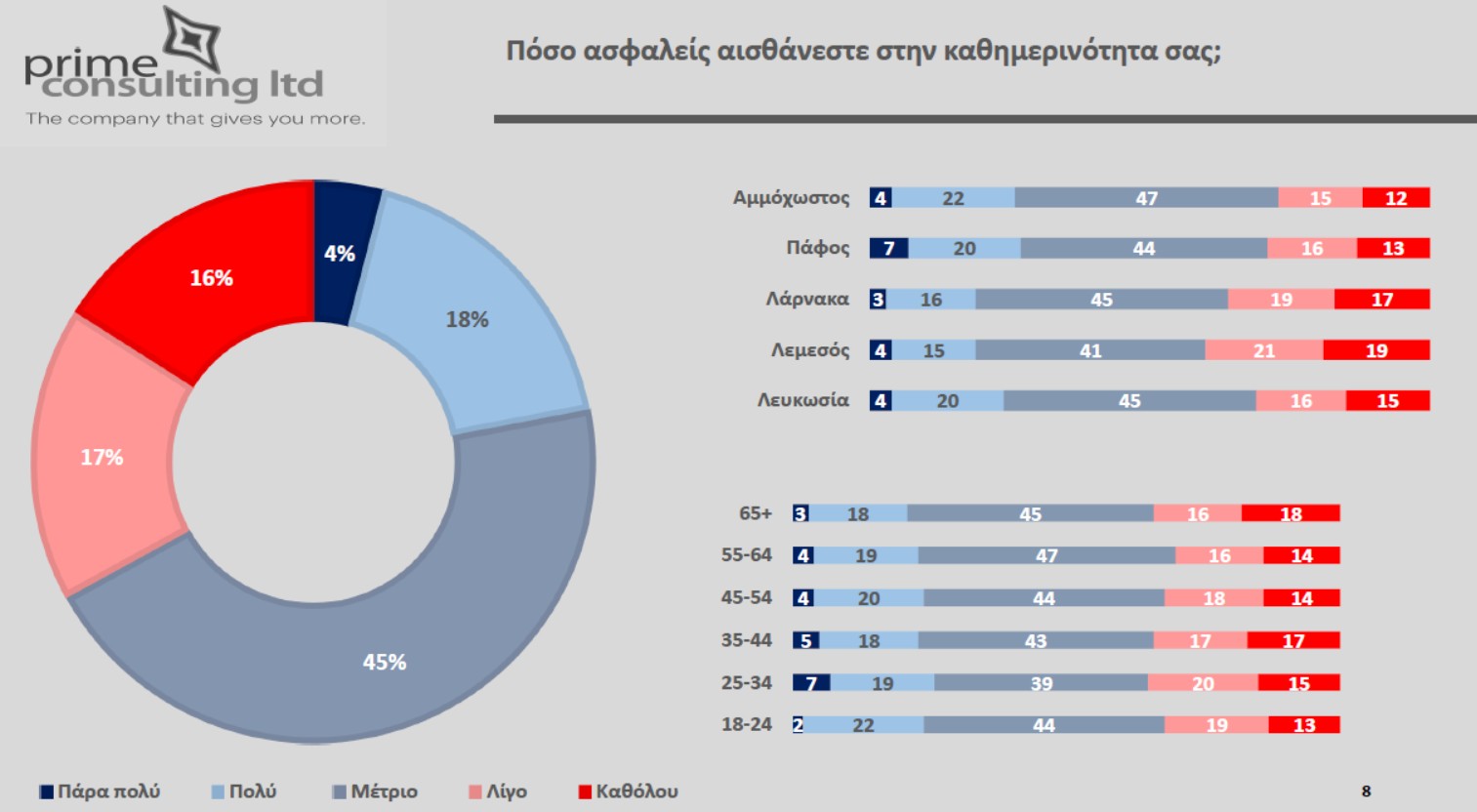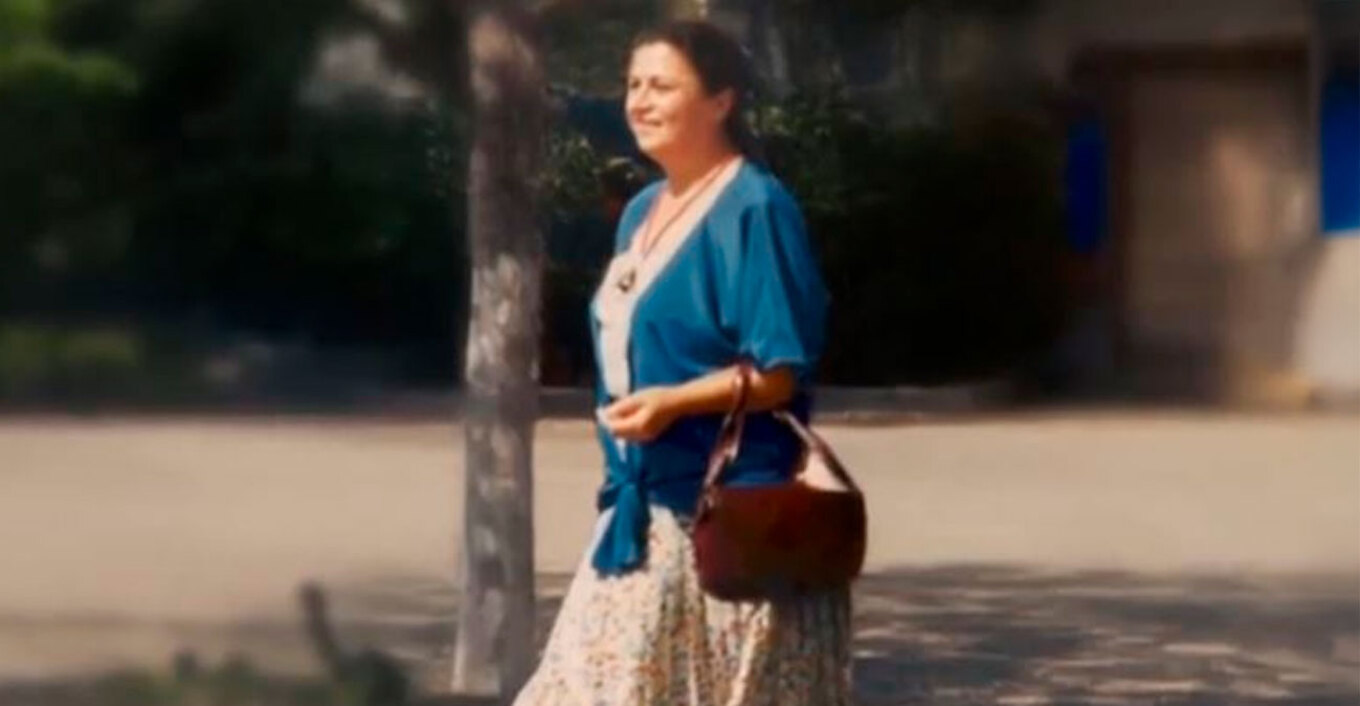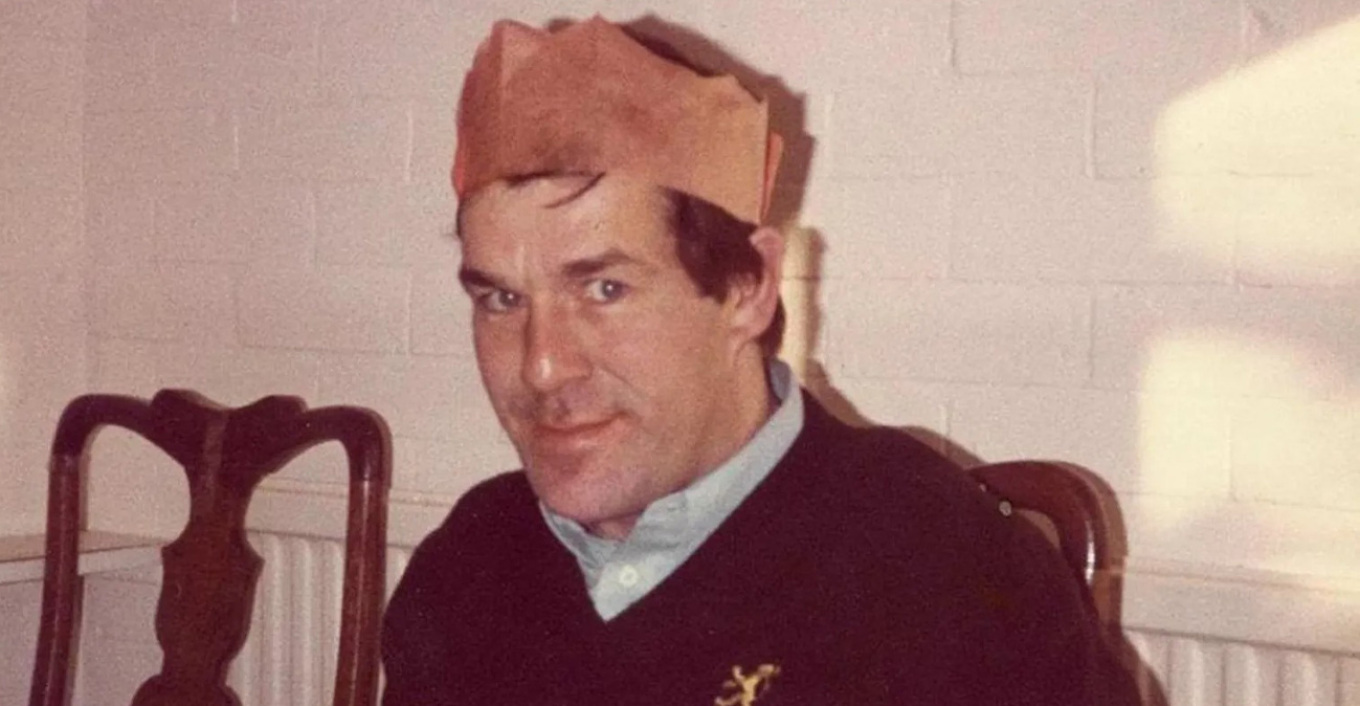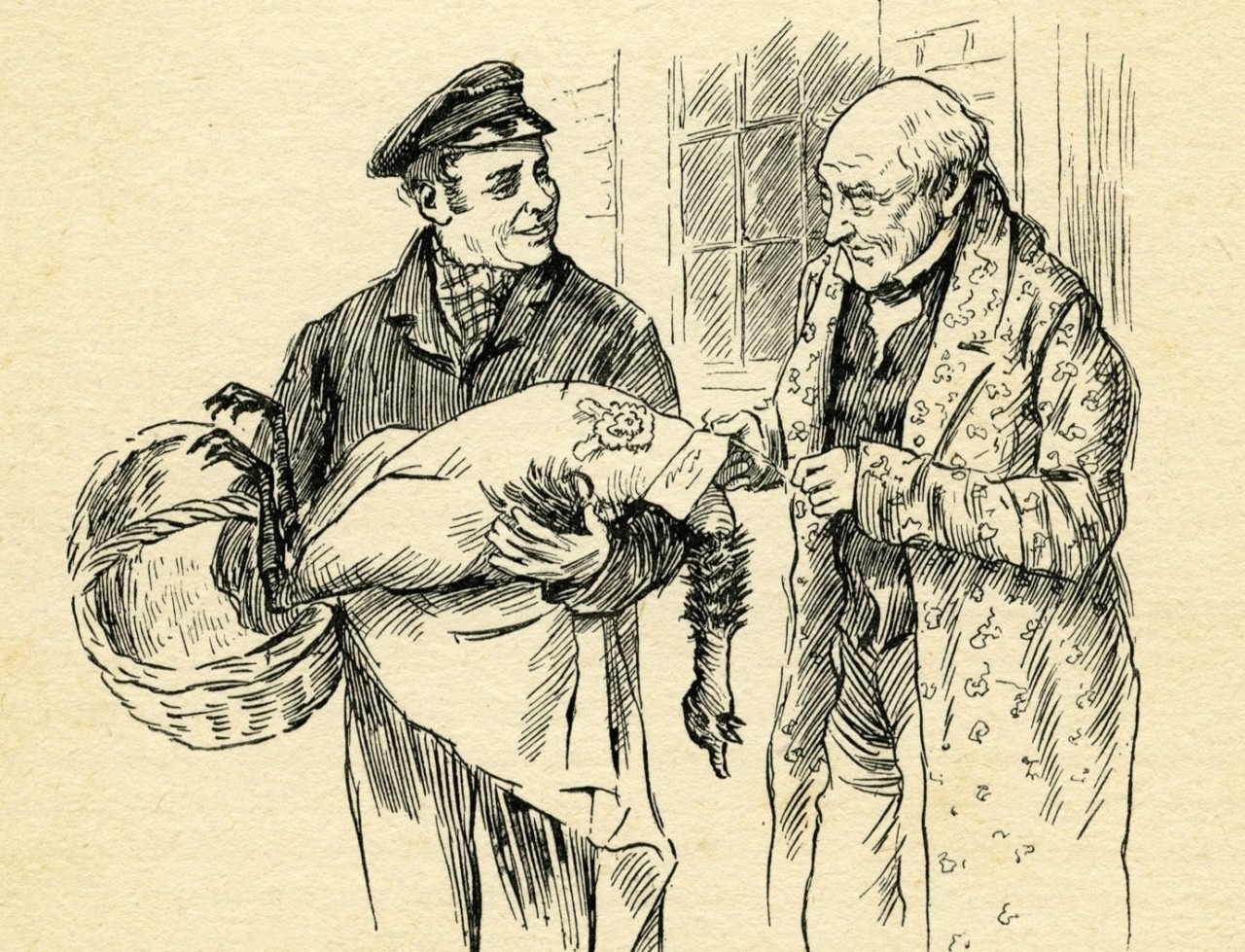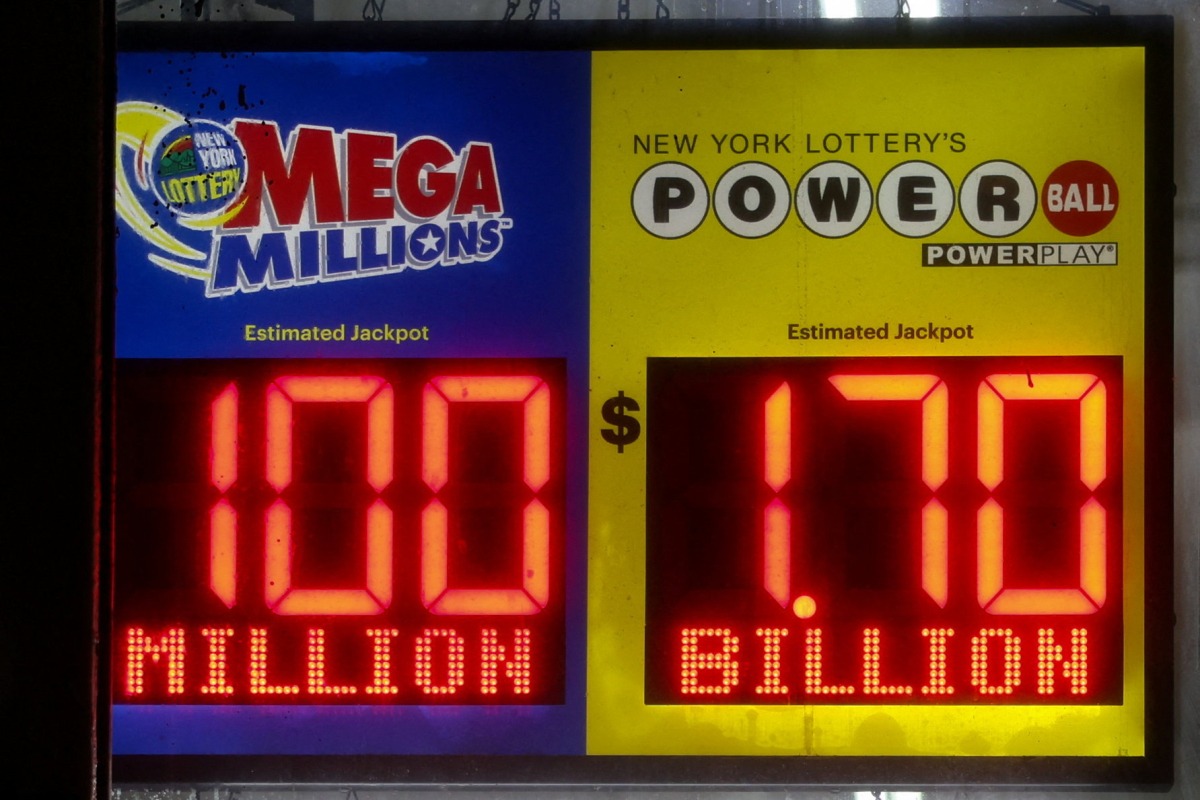To make energy labels more understandable for consumers and help them make better informed purchasing choices, the European Commission has adopted new energy efficiency labels covering dishwashers, washing machines and washer-driers, refrigerators, lamps, electronic displays including televisions, and refrigerating appliances with a direct sales function.
“Energy efficiency first” is a central principle of the Energy Union strategy.
It is an effective way to cut emissions, bring savings to consumers and reduce the EU’s fossil fuel import dependency.
Since its introduction twenty years ago, the success of energy labelling has encouraged the development of ever more energy efficient products.
This has resulted in the current label system becoming too complex. In 2017, the EU agreed clearer energy efficiency labelling rules, by moving from the current A+++ to G scale to an A to G energyscale, which is simpler and better understood by consumers.
A product showing an A+++ energy efficiency class could for example become a B class after rescaling, without any change in its energy consumption. This will allow the top classes to have room for more energy efficient models.
These new labels will be visible for European consumers in physical stores and on-line as of March 1 2021.
New energy efficiency labels explained.
- What has the Commission adopted? When will consumers see them in shops? What do the new labels look like?
The Commission has today adopted the final format and visual identity of new energy efficiency labels for 6 product groups:
- 5 product groups of household appliances with “rescaled” labels:
1) dishwashers;
2) washing machines and washer-driers;
3) refrigerators, including wine storage fridges;
4) lamps;
5) electronic displays, including televisions monitors and digital signage displays.
- A new labelling product group for refrigerating appliances with a direct sales function (also known as “commercial fridges”) used in shops and vending machines.
These new labels will be visible for European consumers in physical stores and on-line as of March 1st 2021. A specific EU-wide information campaign aimed at EU citizens will be launched in 2021.
A new element in these labels is a QR code with which consumers will be able to get additional, official (non-commercial) information by scanning the code with a common smartphone. This data is being inserted by manufacturers into the EPREL EU database which will become available to any European citizen in the next few months. The private sector and different NGOs are also in the process of coming up with apps that will further assist in the purchase choice (e.g., by helping to calculate the return costs and compare different products).
Depending on the product, the energy labels will display not only electricity consumption, but also other energy and non-energy information, with intuitive pictograms, to compare products and perform a better informed purchase choice: information about water used per washing cycle, storing capacity, noise emitted, etc.


